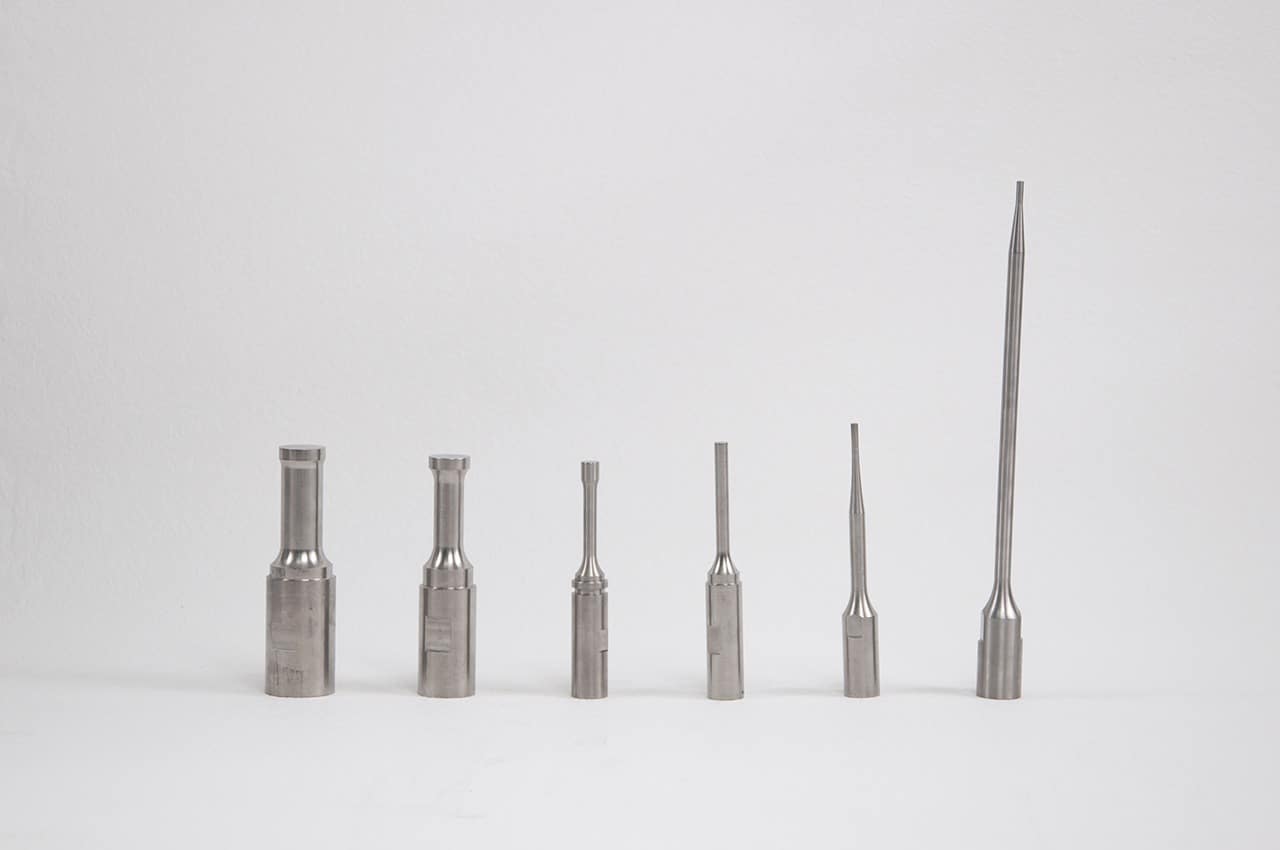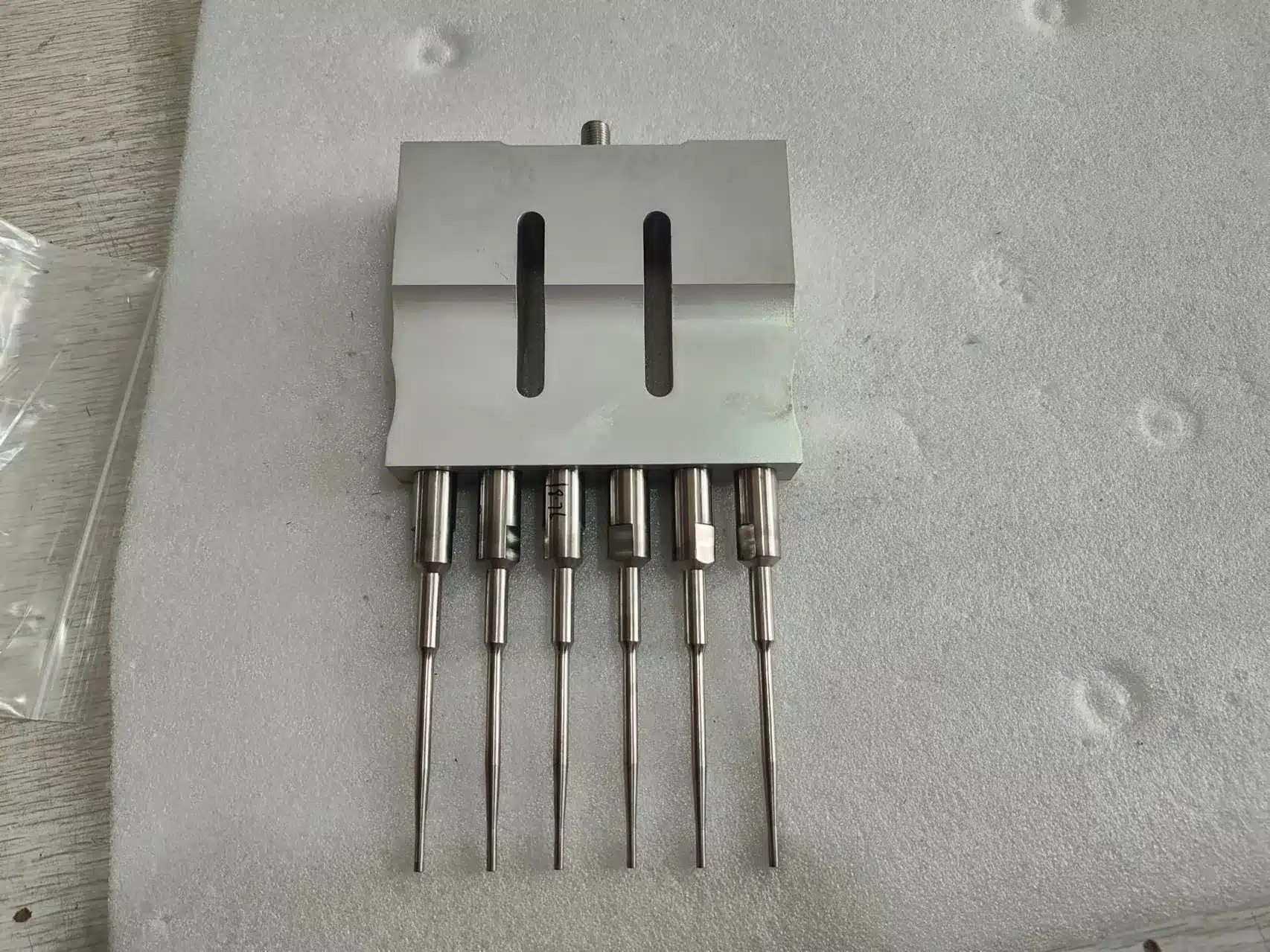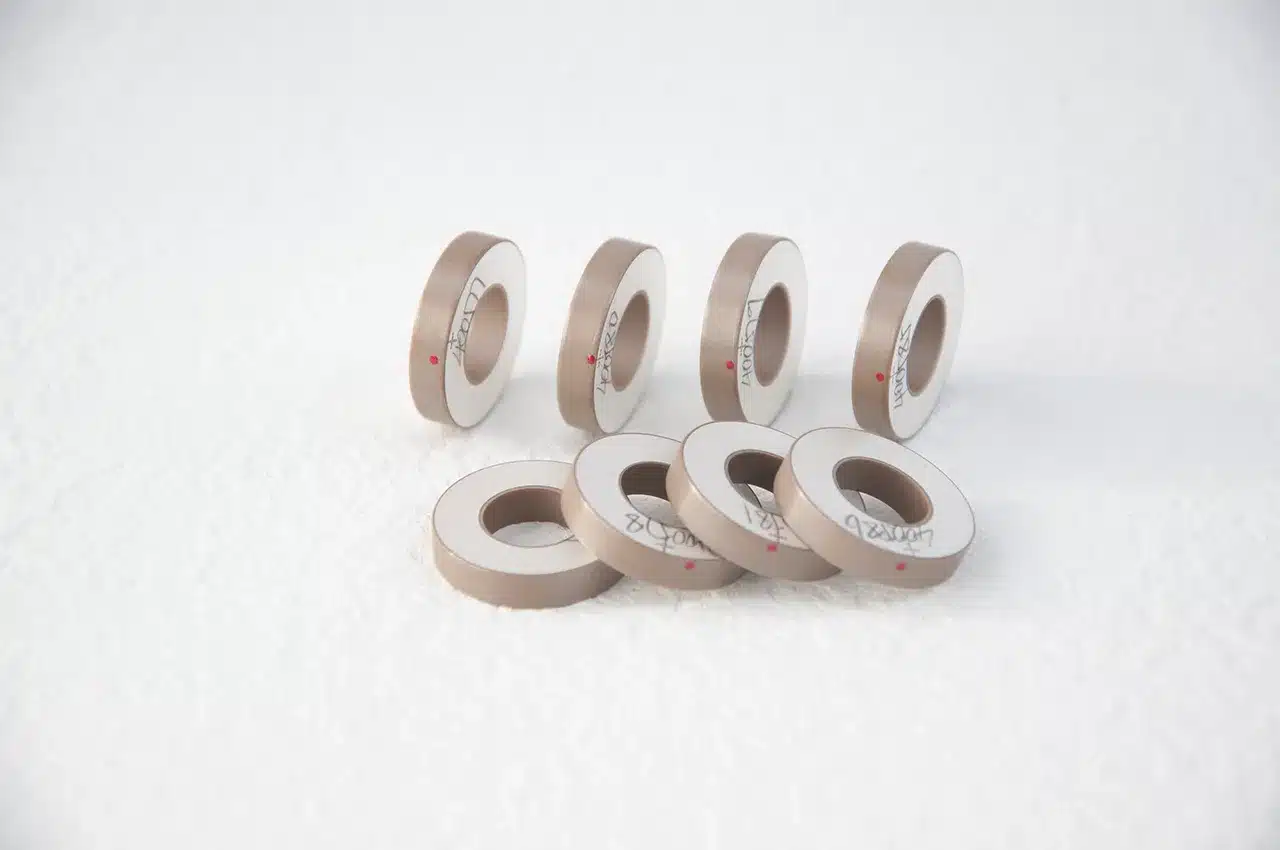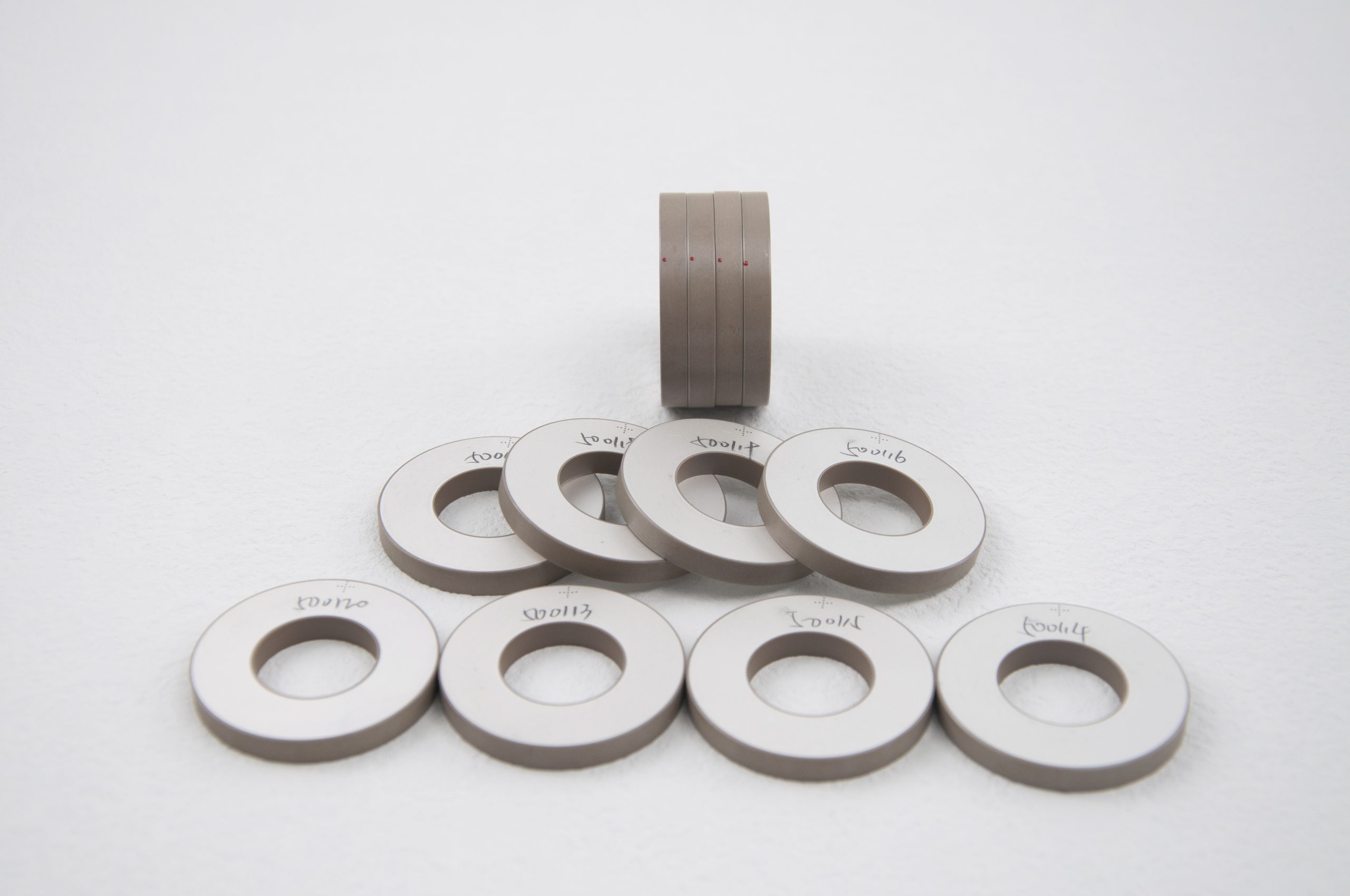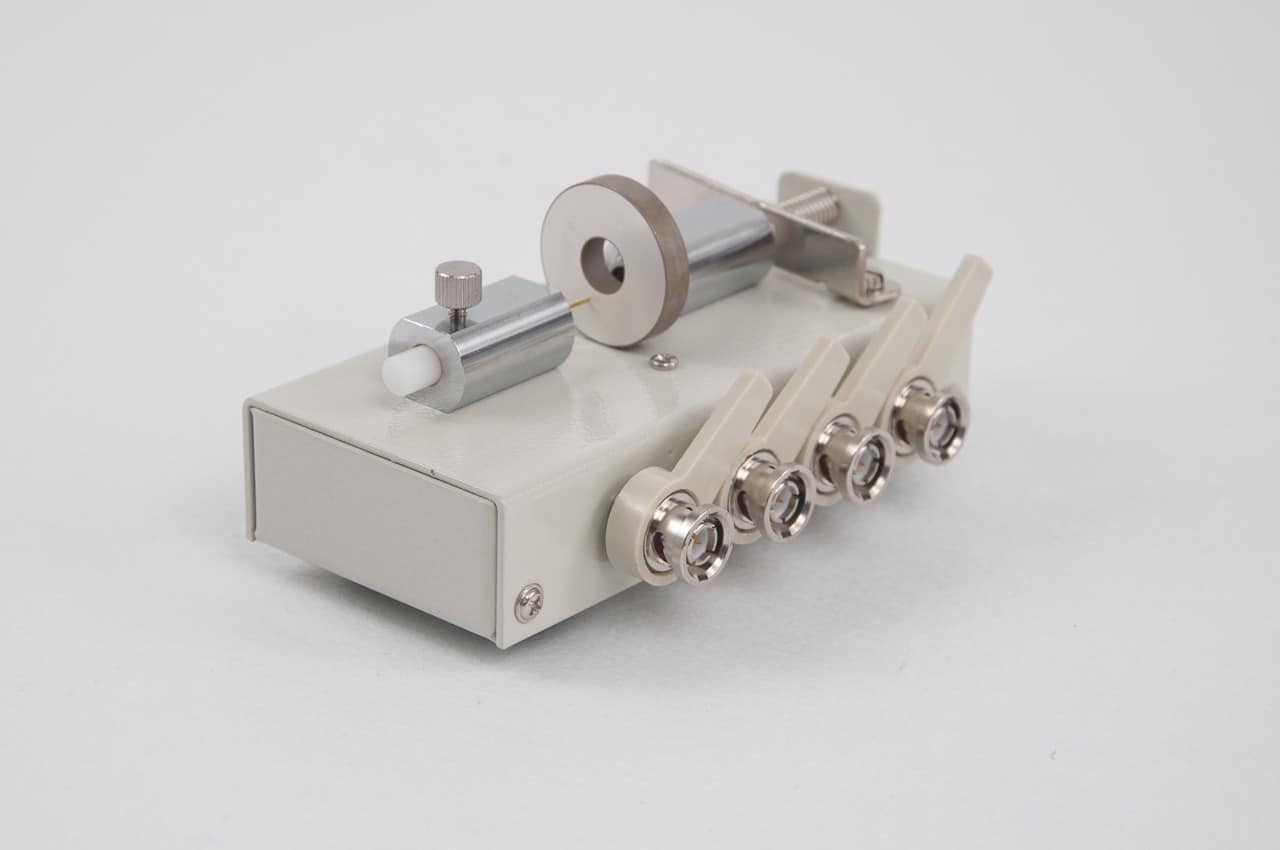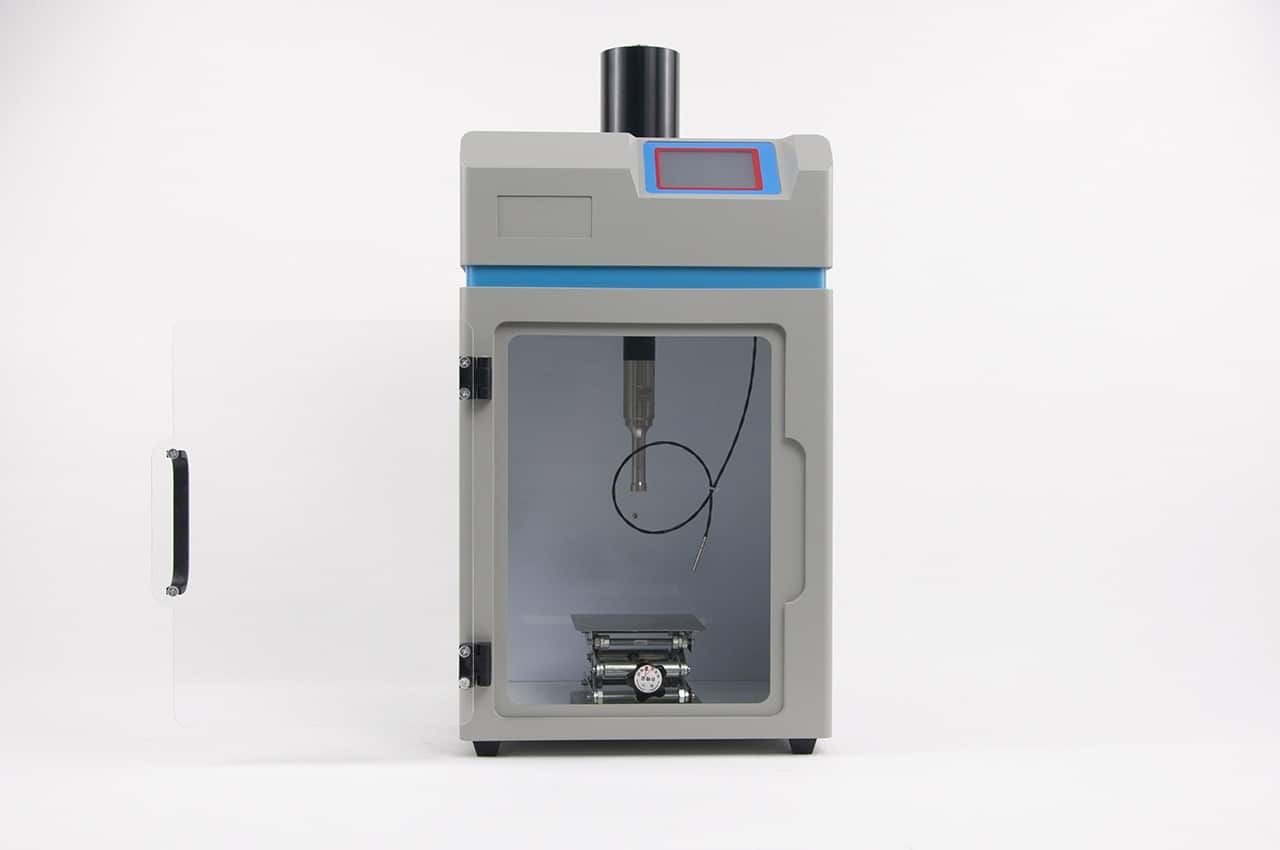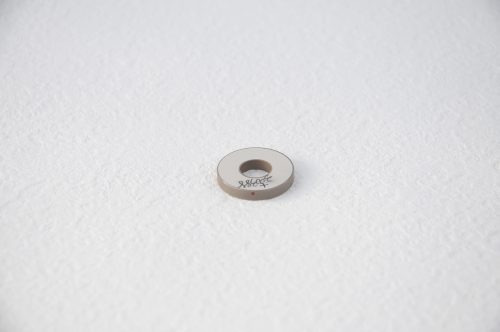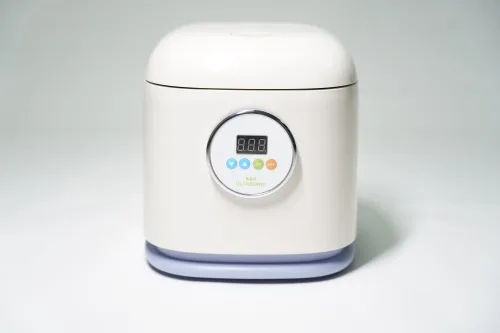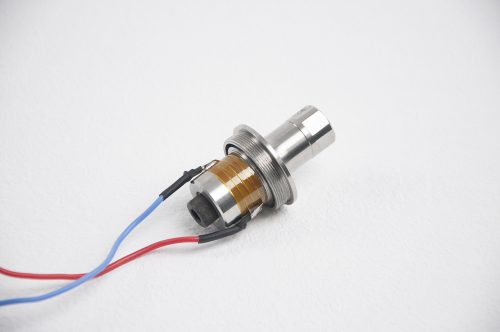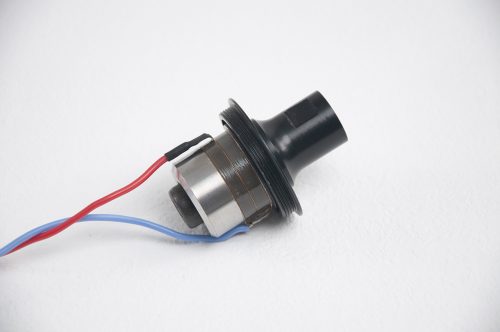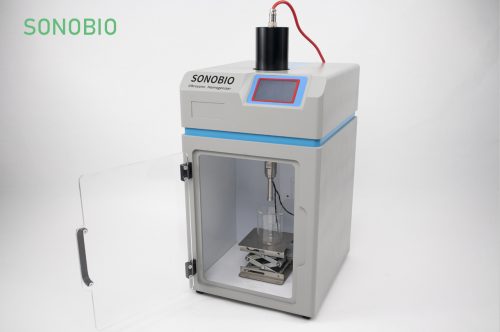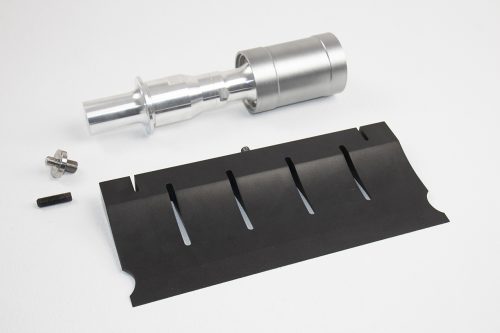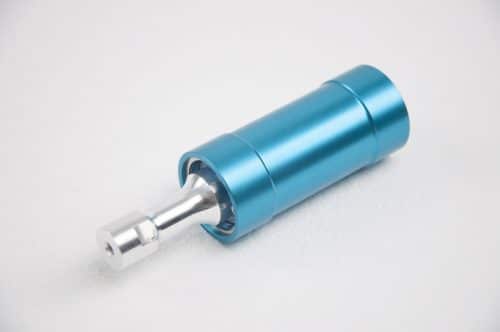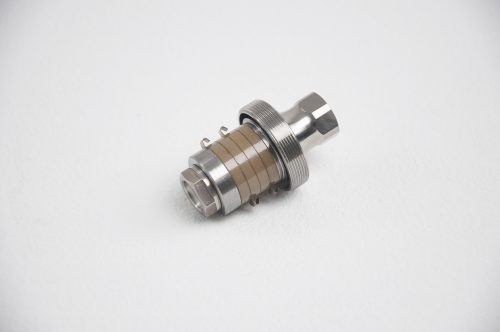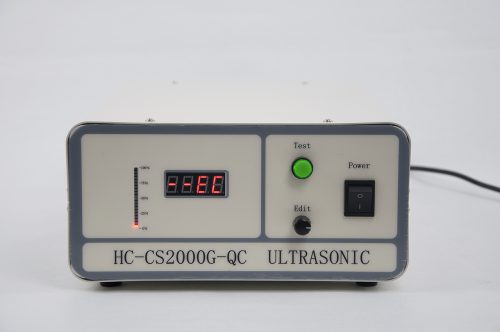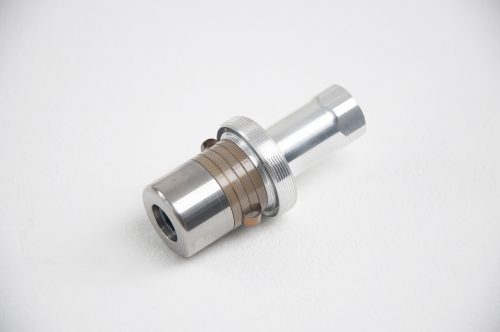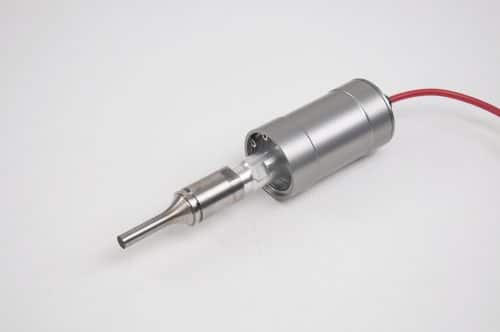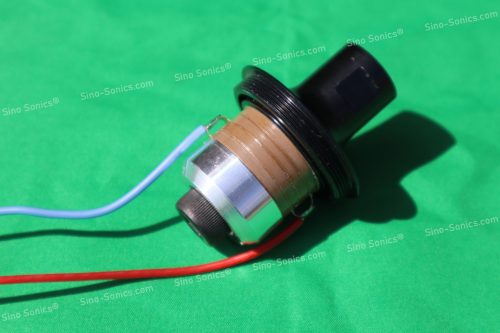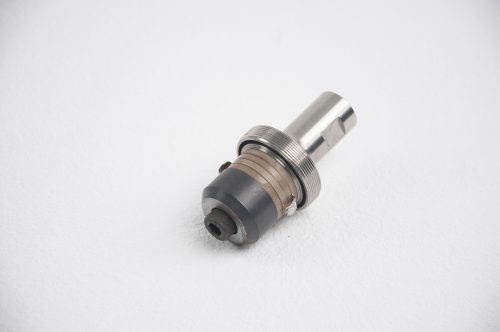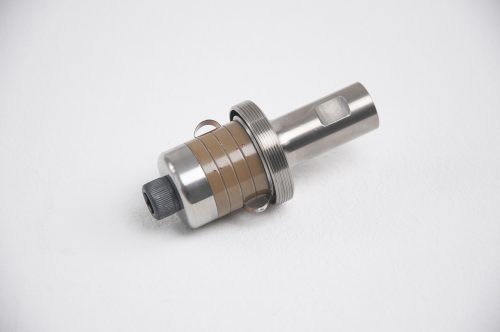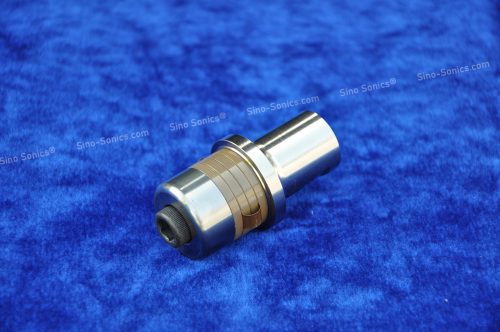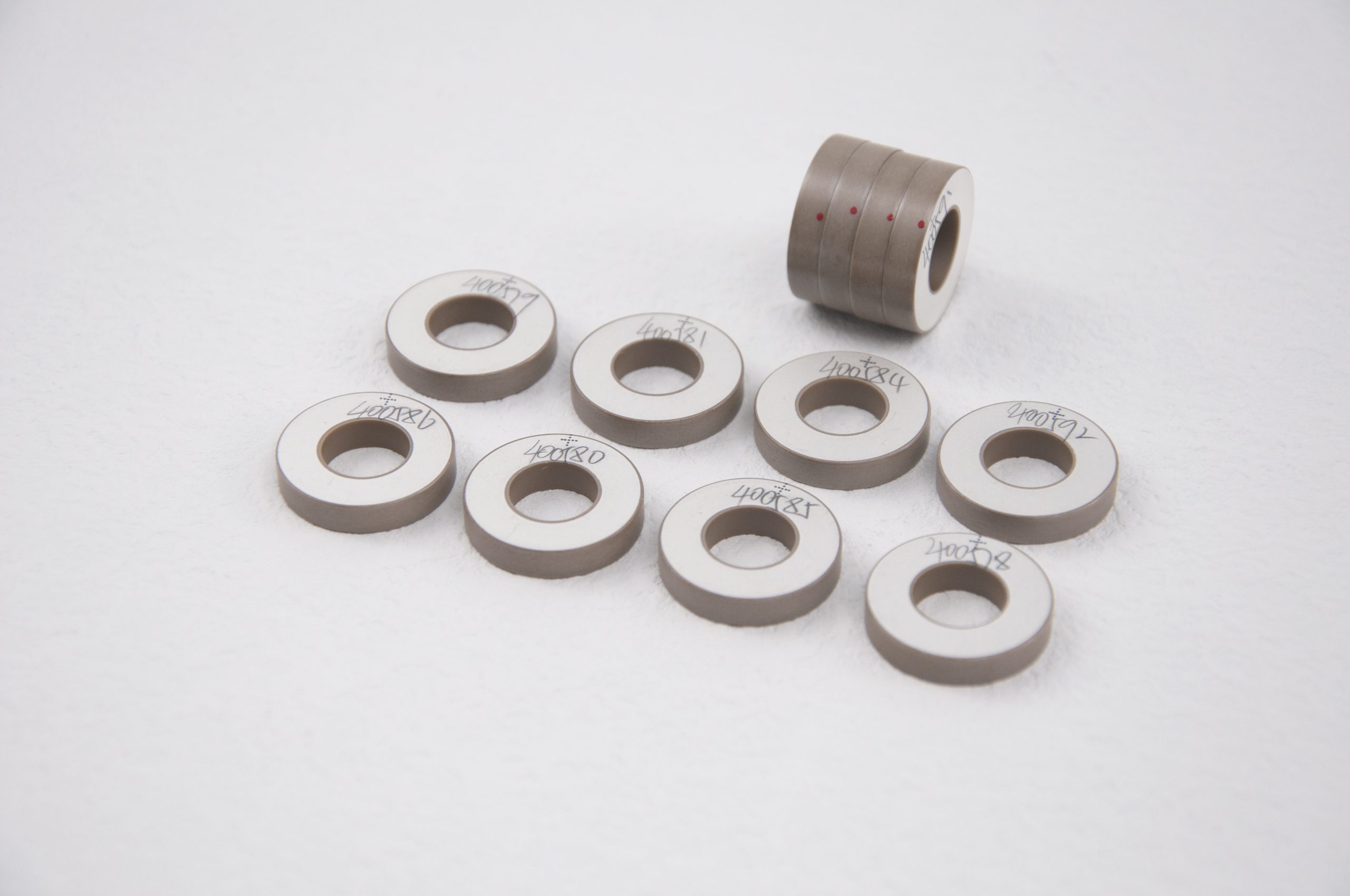
In the realm of power ultrasonic transducers, the comparison between PZT4 and PZT8 materials (PZT4 and PZT8 Comparison) is crucial. These ‘hard’ piezoceramic materials, composed of lead, zirconium, and titanium, have distinct properties impacting their use in various applications, including semiconductor wire bonding.
Key Differences Between PZT4 and PZT8
While PZT8 is often the go-to material for resonant devices due to its higher mechanical quality factor Qm, PZT4 offers a higher output (higher d33), a factor crucial in certain applications but often overlooked by designers.
PZT4’s Advantages in Specific Applications
PZT4’s higher d33 value makes it advantageous in scenarios where higher output is essential. Despite being less ‘hard’ than PZT8, its performance remains robust in many applications, particularly in semiconductor wire bonding where precision is key.
Performance Under Varying Preloads
An important aspect of these materials is their performance under different preload conditions. PZT4, for instance, exhibits a notable 25% change in capacitance (C0) at higher preloads, maintaining an impedance range comparable to PZT8. This adaptability suggests PZT4’s potential as an alternative to PZT8 in certain conditions.
Efficiency and Power Gain Comparison
One of the most striking findings is PZT4’s 25% improvement in power gain (PG) at high preloads compared to PZT8, indicating superior efficiency in energy output and thermal management. This is a critical factor in applications where managing heat and maximizing energy efficiency are paramount.
Conclusion – Balancing Material Selection with Application Needs
In summary, while PZT8 remains a strong candidate for high-load applications, PZT4’s higher output and efficiency under specific conditions make it a valuable alternative. The choice between these materials should be guided by specific application requirements, including preload conditions, desired output, and efficiency considerations. Understanding the nuanced differences between PZT4 and PZT8 is essential for optimized ultrasonic transducer design and application.
More info you can refer this link.

